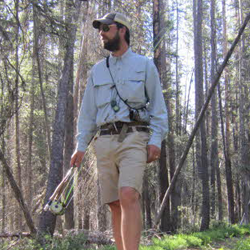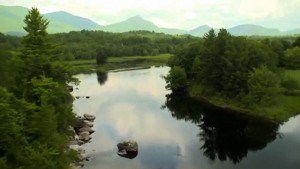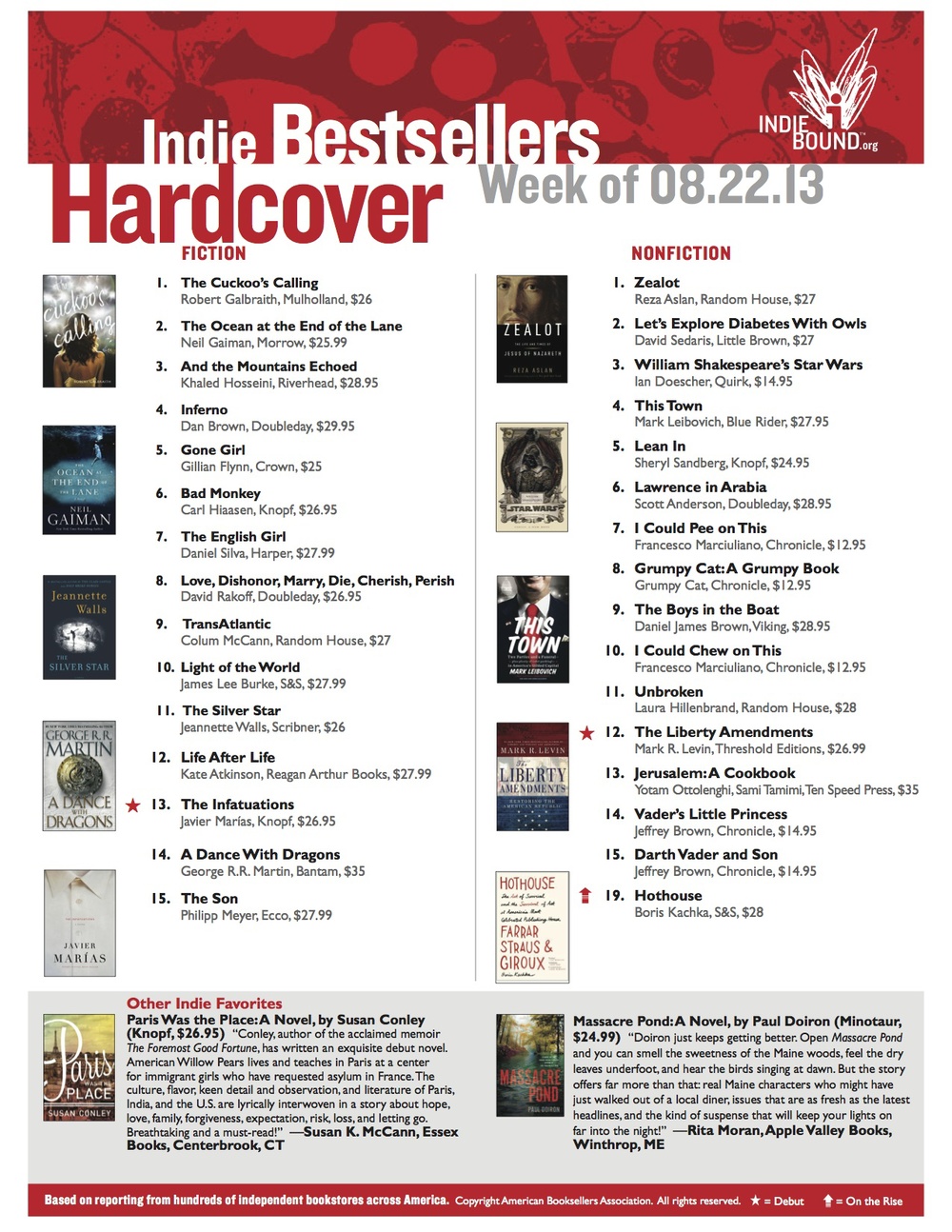The Maine Sunday Telegram has gone on the record supporting a Maine Woods National Park:
A decade ago, "Ban Roxanne" bumper stickers were a common sight from Greenville to Millinocket, and the prospect of a national park in the Katahdin region looked dim.
In spite of the opposition — largely from sportsmen, snowmobilers and the forest products industry — Elliotsville Plantation Inc., the group formed by Roxanne Quimby to manage her vast land holdings and push for a park, has continued to make its case.
Last week, after Elliotsville Plantation announced that it was opening 40,000 acres near Baxter State Park to hunting, the area began to closely resemble the kind of national park that would enjoy the widespread support necessary to make Quimby's dream a reality.
That is partly because of a change in strategy. Quimby, who built Burt's Bees from a roadside venture in central Maine into a multimillion-dollar company, was nonetheless seen as an outsider, and worse — as against hunting and snowmobiling. When she closed off her land, residents accustomed to unfettered access for all kinds of recreation began to see Quimby as a threat to their way of life.
For the last two years, however, Quimby's son, Lucas St. Clair, a sportsman himself who grew up in the area, has been the president of the board at Elliotsville Plantation. He's spent that time meeting face-to-face with many of his mother's opponents. Even when they disagree about specifics, he says, they can relate on a common love for the land in question.
That's a good sign for St. Clair, because the success of the national park proposal depends largely on trust. Residents have to trust that he will follow through on his promise that the plan for the park leaves snowmobile trails intact and some areas open to hunting, and they have to trust that those promises can survive after the land is handed over to the federal government.
The proposal, as it is sketched out now, calls for roughly 75,000 acres of Quimby's land west of the East Branch of the Penobscot River to be made into a national park. On the other side of the river, there would be a national recreation area of the same size.
The operation of both would be funded through a $40 million endowment provided through Elliotsville Plantation, to offset the ups and downs of National Park Service funding.
The park would be open to fishing, hiking and paddling, while the recreation area, home to number of important snowmobile trails and the habitat of whitetail deer and ruffed grouse, would allow snowmobiling and hunting, in perpetuity, St. Clair said.
The support of many residents hinges on that promise of guaranteed access, and the future of the park proposal hinges on that support.
Maine's delegation has to take the proposal to Congress, and that will happen only when the politicians feel public sentiment swinging in the park's favor.
St. Clair, in an interview on Friday, said his group is working on the wording of the bill that would be presented to Congress, which has final say on the creation of national parks. The bill, which would spell out what can and can't be done on the land, would put the promises in black and white, St. Clair said, so that the public has something tangible to debate.
The park proposal met so much opposition 10 years ago because residents were convinced it would deny them access to land they had enjoyed for years, and that it would kill the timber industry and irrevocably harm the economy.
A study released earlier this year confirmed the region's old economy, based on manufacturing and work in the woods, is unlikely to return.
The service sector is growing, however, and a national park could give that, and other parts of the economy, a boost, just as parks have in other areas of similar demographics.
Recreational access, then, remains the only impediment to a sensible debate about the park proposal. That Elliotsville Plantation last week opened the land near Baxter to hunting shows the group sees the value of a balanced approach to recreation. It was a deliberate reconciliatory move designed to bring more sportsmen to the table.
That's where all the stakeholders should be in the coming months, as Elliotsville Plantation rolls out its proposal in more detail. Rather than as a cause for concern, the proposed conservation of 150,000 acres should be seen as an opportunity to help the region, and protect some of Maine's most treasured land.
You have to give St. Clair credit for doggedness, but as the editorial writer notes, the politicians won't act until there's a documented swing in public favor.




